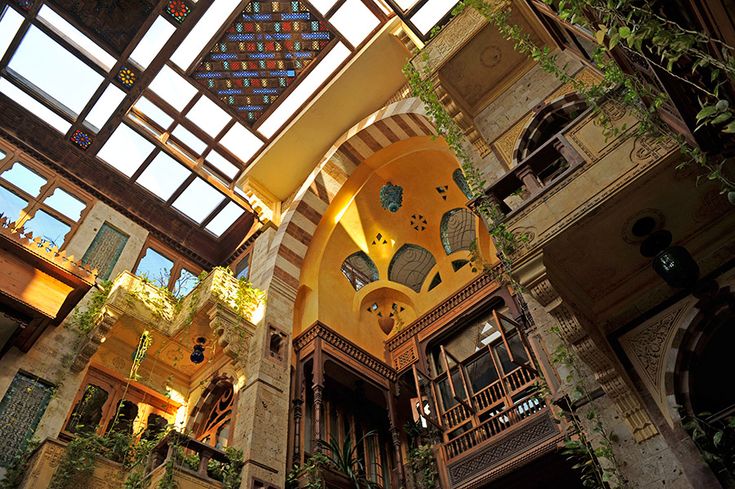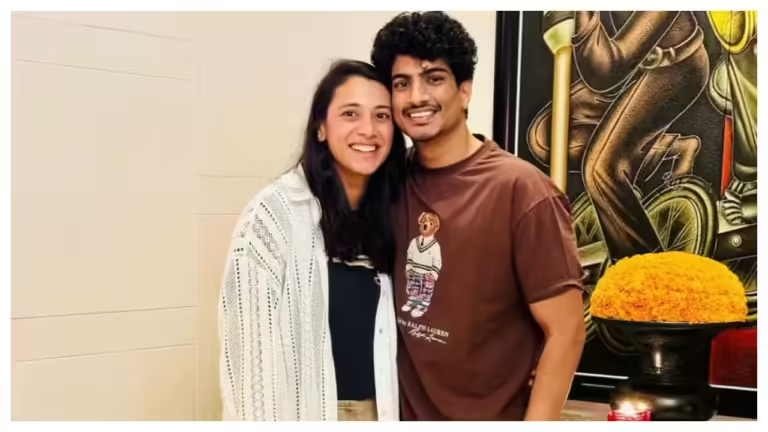Architectural Exemplar brings Jodhpur to Jeddah

If palaces could whisper across continents, you’d hear Jodhpur sighing toward Jeddah—its sandstone breath carried not by caravan or wind, but by memory. Somewhere in the sun-washed quiet of Saudi Arabia’s cultural capital, a home stands—weathered by light, rooted in belief, and built not just of limestone but of longing. It belongs to Dr. Sami Angawi, a conservationist who, in his quiet defiance of fleeting trends, didn’t just build a house—he rebuilt a paragon of architectural legacy.
Palace as Philosophy
To understand this home is, in many ways, to understand the man who built it. Dr. Sami Angawi doesn’t speak in grand declarations. His voice is measured, his manner humble. But when he talks about architecture, his words carry weight—the kind that comes from a life rooted in purpose. For him, a house is never just walls and a roof. It’s a responsibility. A quiet kind of legacy.
He often returns to one word: al mīzān—balance. Not just in lines and angles, but in life. Light and shadow. Past and future. Privacy and openness. “Balance keeps you grounded,” he once said, pouring mint tea with the same intention he brings to blueprints. “In a home, it helps you remember who you are.”

Most mornings, just after Fajr, he steps into the courtyard barefoot, letting the cool stone steady him. His fingers trail along the carved teak walls, not out of habit, but connection—as if checking in on an old friend. There’s no rush. This is how he listens: to the silence, to the wind, to the stories this house has learned to hold.
The space around him unfolds gently—an inward-facing courtyard that gathers light the way some gather secrets. Inspired by the traditional Hijazi hosh, yet bearing the spiritual geometry of Indian aangans and Mughal chowks, the design doesn’t shout for attention. It breathes. Every arch, every shadowed recess, feels less like a showpiece and more like a whispered prayer. The architectural design is not about impressing guests. It’s about inviting presence. And that’s the kind of luxury no catalog can sell.
When Courtyards Converse
If Dr. Angawi’s courtyard could speak, it wouldn’t lecture—it would listen first. Its rhythm would feel familiar to anyone who’s ever sat beneath a neem tree in Udaipur or leaned against the cool stone of a Jaisalmer Zenana, tracing stories into dust. These weren’t just royal blueprints. They were spaces made to hold life gently—to absorb laughter, prayer, pauses. These architectural structures hold legacies within them.
Much like the palaces of Indian maharajas, Angawi’s home speaks in an emotional language. It’s not fluent in spectacle, but in stillness. It understands that a well-placed window can soften a harsh day, or that the right angle of light can feel like a blessing.
At the heart of both traditions lies a belief in flow—not just of air and light, but of memory. In India, the aangan was where childhoods bloomed and rituals repeated like lullabies. In Saudi homes, the hosh carried the same pulse—quiet conversations over cardamom coffee, a place to exhale before re-entering the world.
These courtyards weren’t central because of design symmetry. They were central because we gathered there. You can see it in the details: latticework that catches the sun like delicate embroidery. Arches that don’t try to impress, just welcome. Every slab of limestone and sweep of teak feels less like construction, more like care. These aren’t buildings built to wow you. They’re places built to know you.
A Final Archway
In a world that often measures homes by square footage and resale value, Dr. Sami Angawi’s residence offers something far unique: resonance. It doesn’t just shelter—it remembers. It remembers the scent of oud carried on a breeze. The hush of footsteps across mosaic tiles. The way light lingers on carved wood like a blessing.
Over the years, this home has welcomed more than admiration. It’s been featured in cultural journals, design platforms, and quietly hosted dignitaries, artists, and seekers within its carved walls. The architectural built is one of a kind. But it’s true magic isn’t in the accolades—it’s in the way it makes you feel like you’ve stepped into a memory that isn’t yours yet somehow knows you.
Because the most majestic homes aren’t the ones that dazzle. They’re the ones that listen. That hold space. That remind you—without saying a word—that beauty can be both grand and gentle.
Stay updated with the latest news on The World Times. Get all the trending City News, India News, Business News, and Sports News.



